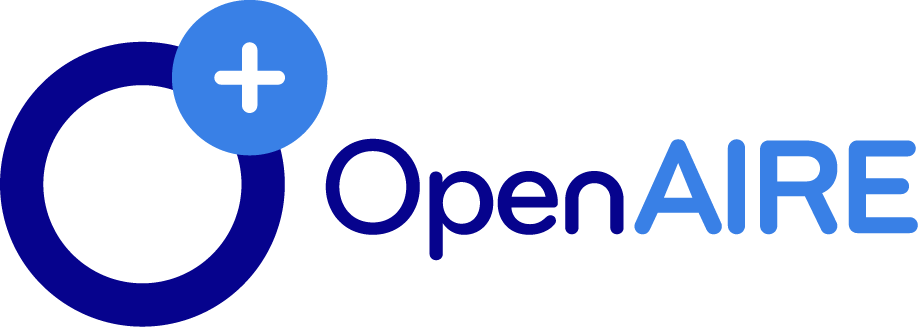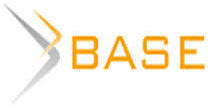DESIGN OF RECURRENT NEURAL NETWORKS FOR CLASSIFICATION OF AGE DIFFERENCES IN THE FUNCTIONING OF THE SYMBOLIC SYSTEM OF QUANTITY ASSESSMENT
The article presents the result of the development and training of 4 recurrent neural network architectures to solve the problem of classifying age-related differences in the functioning of the symbolic system of quantity assessment. When designing neural networks, some effective algorithms were used: cells with long short-term memory, a modification that allows a signal to be fed to the neural network in forward and reverse order, and preliminary 1D convolutions of the signal before feeding it to recurrent layers. The best result on all data sets was demonstrated by a recurrent neural network with signal pre-convolution layers. Accuracy varies between 86-88% depending on the dataset. The specified accuracy was obtained on data to which the baseline correction algorithm was applied.
Malykh S.B., Asadullaev R.G., Sitnikova M.A. Design of recurrent neural networks for classification of age differences in the functioning of the symbolic system of quantity assessment // Research result. Information technologies. – Т.8, №4, 2023. – P. 50-58. DOI: 10.18413/2518-1092-2023-8-4-0-5
















While nobody left any comments to this publication.
You can be first.
1. Feigenson L., Dehaene S., Spelke E. Core systems of number // Trends in cognitive sciences. – 2004. – Т. 8. – №. 7. – P. 307-314.
2. Quaresima V., Ferrari M. Functional near-infrared spectroscopy (fNIRS) for assessing cerebral cortex function during human behavior in natural/social situations: a concise review // Organizational Research Methods. – 2019. – Т. 22. – №. 1. – P. 46-68.
3. Cutini S., Moro S.B., Bisconti S. Functional near infrared optical imaging in cognitive neuroscience: an introductory review //Journal of Near Infrared Spectroscopy. – 2012. – Т. 20. – №. 1. – P. 75-92.
4. Sitnikova M.A., Malykh S.B. Functional near-infrared spectroscopy applications in developmental cognitive neuroscience // Journal of Higher Nervous Activity named after. I.P. Pavlova. 2021. – Т. 71. – №. 4. –P. 485-499.
5. Sirpal P. et al. Multimodal autoencoder predicts fNIRS resting state from EEG signals // Neuroinformatics. – 2022. –Т. 20. –№. 3. –P. 537-558.
6. Rojas R.F. et al. Pain assessment based on fnirs using bi-lstm rnns // 2021 10th International IEEE/EMBS Conference on Neural Engineering (NER). IEEE, 2021. – P. 399-402.
7. Eastmond C. et al. Deep learning in fNIRS: a review // Neurophotonics. – 2022. –Т. 9. –№. 4. – P. 041411-041411.
8. Yoo S.H., Woo S.W., Amad Z. Classification of three categories from prefrontal cortex using LSTM networks: fNIRS study //2018 18th International Conference on Control, Automation and Systems (ICCAS). – IEEE, 2018. – P. 1141-1146
9. Hamid H. et al. Analyzing classification performance of fNIRS-BCI for gait rehabilitation using deep neural networks // Sensors. – 2022. – Т. 22. – №. 5. – P. 1932.
10. Mughal N.E. et al. EEG-fNIRS-based hybrid image construction and classification using CNN-LSTM // Frontiers in Neurorobotics. – 2022. – Т. 16. – P. 873239.
11. Hochreiter S., Schmidhuber J. Long short-term memory // Neural computation. –1997. –Т. 9. –№. 8. –P. 1735-1780.
12. Wickramaratne S.D., Mahmud M.D.S. A Ternary Bi-Directional LSTM Classification for Brain Activation Pattern Recognition Using fNIRS //2020 5th International Conference on Intelligent Informatics and Biomedical Sciences (ICIIBMS). IEEE, 2020. P. 202-207.
13. Gramfort A. et al. MEG and EEG data analysis with MNE-Python // Frontiers in neuroscience. 2013. P. 267.
14. Luke R. et al. Analysis methods for measuring passive auditory fNIRS responses generated by a block-design paradigm // Neurophotonics. –2021. – Т. 8. – №. 2. – P. 025008-025008.
15. Sitnikova M.A. et al. The neural correlates of exact calculation in word and numerical formats in low and high math performers: a fNIRS study // International Journal of Cognitive Research in Science, Engineering & Education (IJCRSEE). –2023. –Т. 11. –№. 1.
The study was supported by the Russian National Science Foundation grant No. 22-28-02030 "Neurocognitive mechanisms of symbolic numerical skills".